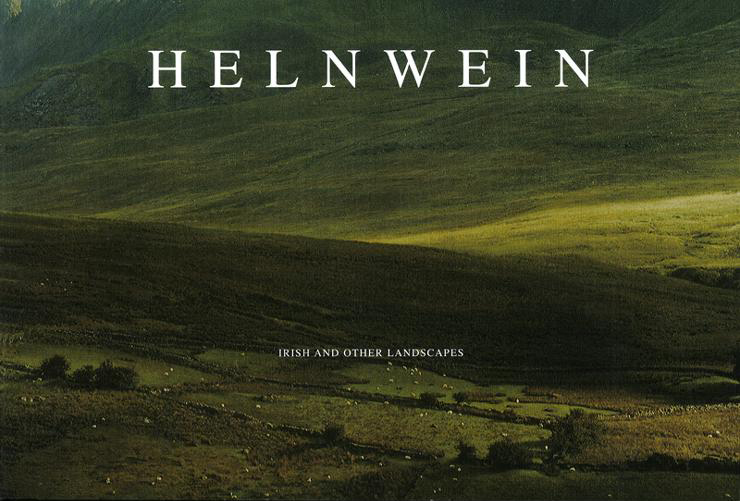Introduction
Although born and educated in post-war Vienna, Gottfried Helnwein is very much an international artist, with exhibitions of his work being held in cities such as San Francisco, Beijing and St. Petersburg. His paintings represent a fusion of historic and contemporary artistic practices, uniting the Romantic aesthetic of Caspar David Friedrich, the political radicalism of Viennese Actionists and the technical precision of the photorealists of the 1970’s. Although often based on photographs, or inspired by film stills, his paintings are built up in fine layers of traditional oil paint and represent a degree of technical accomplishment rarely seen in European academies. He uses this technical accomplishment and finesse to carry across the strong political message contained in his art.
From the early nineteenth century up to the Nazi era, Vienna was a city where extraordinary advances in medicine, psychology and political and social theory took place. Helnwein’s art draws inspiration from this city. His portraits of children, vulnerable and damaged, can be read as a commentary on psychoanalysis, where internalised traumas are brought to the surface. Pioneeered in Vienna, Freudian psychoanalysis was too easily used to suppress acknowledgement of child abuse. In his conflation of Nazi propaganda with Catholic iconography, Helnwein critiques the denial of history that enveloped his native country in the 1950’s. His paintings of Disney characters such as Mickey Mouse evoke consumer capitalism, the theoretical underpinnings of which were developed in Vienna by Ludwig von Mises and Freidrich Heyek, and transferred, as with so much of the intellectual and artistic life of Vienna, to the United States in the 1930’s. The ruins of post-war Vienna formed the backdrop for Carol Reed’s The Third Man, a film which, perhaps not coincidentally, also deals with the damage caused to children by the moral corruption of adults.
The landscapes, and a cityscape of Vienna, presented in this exhibition draw these different threads together. Helnwein takes the panorama, that heroic nineteenth century attempt to contain all knowledge in a single image, and suborns the green hills of Ireland to his contemporary take on the imperial gaze. In like fashion he paints large vistas of the Arizona desert, a landscape so different from the lush Irish fields and yet also very connected, through emigration and through images in the films of John Ford, whose Irish sensibility helped shape the mythology of the American West. Many of Helnwein’s paintings are of interiors, dark and claustrophobic. These large panoramic landscapes are a relatively late development in his work and, while they eschew the narrative, they clearly reveal the visionary quality of his art.
Peter Murray
Chief Curator

Helnwein, irish and other Landscapes
2004
Out of the Apocalypse into the Sublime,
bursting into Irish Landscape: Citizen Helnwein
Essay by Mic Moroney
ISBN: 1 874756 05 8
Published by the Crawford Municipal Art Gallery to coincide with the exhibition
Irish and Other Landscapes
Gottfried Helnwein
July 3 - September 4 2004
Crawford Muncipal Art Galley
Emmet Place, Cork, Ireland
Irish and Other Landscapes
Gottfried Helnwein
July 3 - September 4 2004
Crawford Muncipal Art Galley
Emmet Place, Cork, Ireland